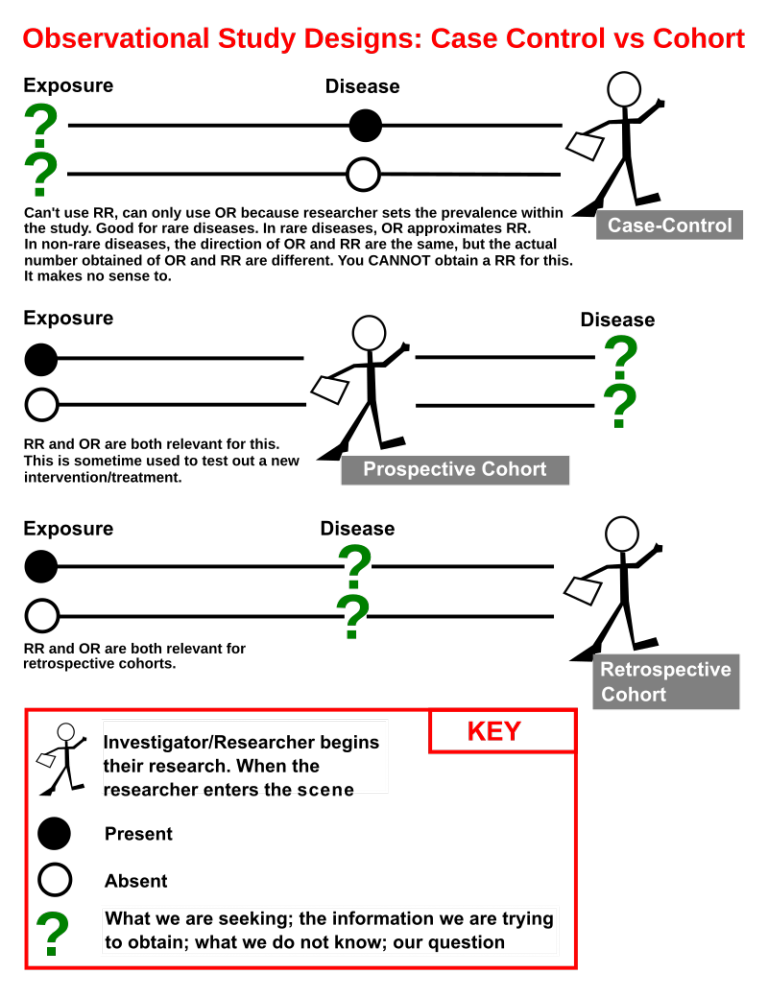


But as with all things simple, it’s not necessarily easy. It lets platform teams remove bottlenecks by letting them build golden paths for developers. Humanitec is the Platform Orchestrator at the core of your Internal Developer Platform. In short, a 4 Question Retrospective gets the the team to reflect on the last, short period of time working together (often 2 weeks) and answer four specific questions:Īnd then, based on the answers, the team will decide on actions to improve in the future.
#Retrospective meaning how to#
In this article, we’re going to explain the importance of the four questions and how to make sure that you’re getting the most value you can from your team retrospectives. We provide a handy step-by-step guide on how to run a 4 Question Retrospective on our website. At the root of what we want to do, however, is team productivity improvement so the technique we turn to most often is “The 4 Questions” - a quick and easy approach that guarantees your team will be improving immediately. Some are longer and aim to mine the group’s experience some take a quantitative look at the team’s history still others use exercises to incorporate fun into the event, and the team itself. Numerous approaches are used for Retrospectives. How to Get the Most out of your Retrospectives Conducting Retrospectives frequently and regularly supports a team to continuously improve their performance - but what’s the best way to go about it? We have four simple questions to get you started. Search all Resources related to Sprint Retrospectives.Retrospectives are used frequently to give teams the opportunity to pause and reflect on how things have been going and then, based on those reflections, identify the improvements they want to make. Although improvements may be implemented at any time, the Sprint Retrospective provides a formal opportunity to focus on inspection and adaptation. Implementing these improvements in the next Sprint is the adaptation to the inspection of the Scrum Team itself. During each Sprint Retrospective, the Scrum Team plans ways to increase product quality by improving work processes or adapting the definition of “Done” if appropriate and not in conflict with product or organizational standards.īy the end of the Sprint Retrospective, the Scrum Team should have identified improvements that it will implement in the next Sprint. The Scrum Master encourages the rest of the Scrum Team to improve its process and practices to make it more effective and enjoyable for the next Sprint. What will we commit to improve in the next Sprint.For shorter Sprints, the event is usually shorter.ĭuring the Sprint Retrospective, the team discusses: It is timeboxed to a maximum of three hours for a one-month Sprint. The Sprint Retrospective concludes the Sprint. They may even be added to the Sprint Backlog for the next Sprint. The most impactful improvements are addressed as soon as possible. The Scrum Team identifies the most helpful changes to improve its effectiveness. The Scrum Team discusses what went well during the Sprint, what problems it encountered, and how those problems were (or were not) solved. Assumptions that led them astray are identified and their origins explored. Inspected elements often vary with the domain of work. The Scrum Team inspects how the last Sprint went with regards to individuals, interactions, processes, tools, and their Definition of Done. Learn About the Sprint Retrospective EventĪs described in the Scrum Guide, the purpose of the Sprint Retrospective is to plan ways to increase quality and effectiveness.


 0 kommentar(er)
0 kommentar(er)
